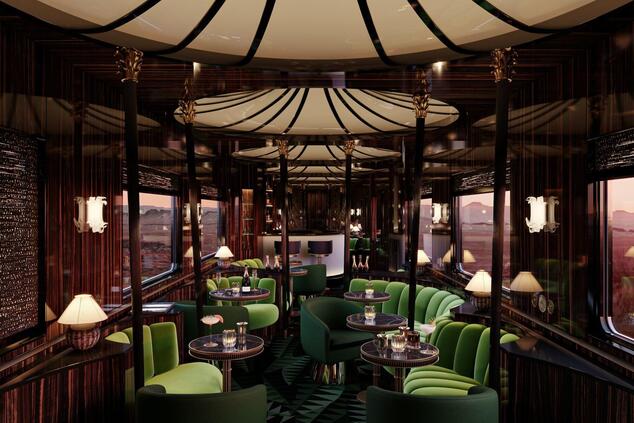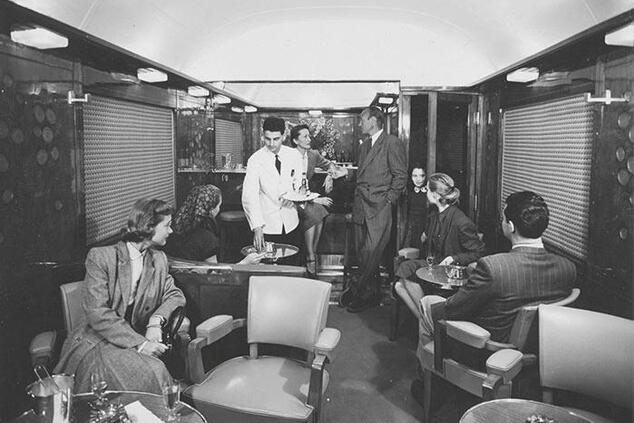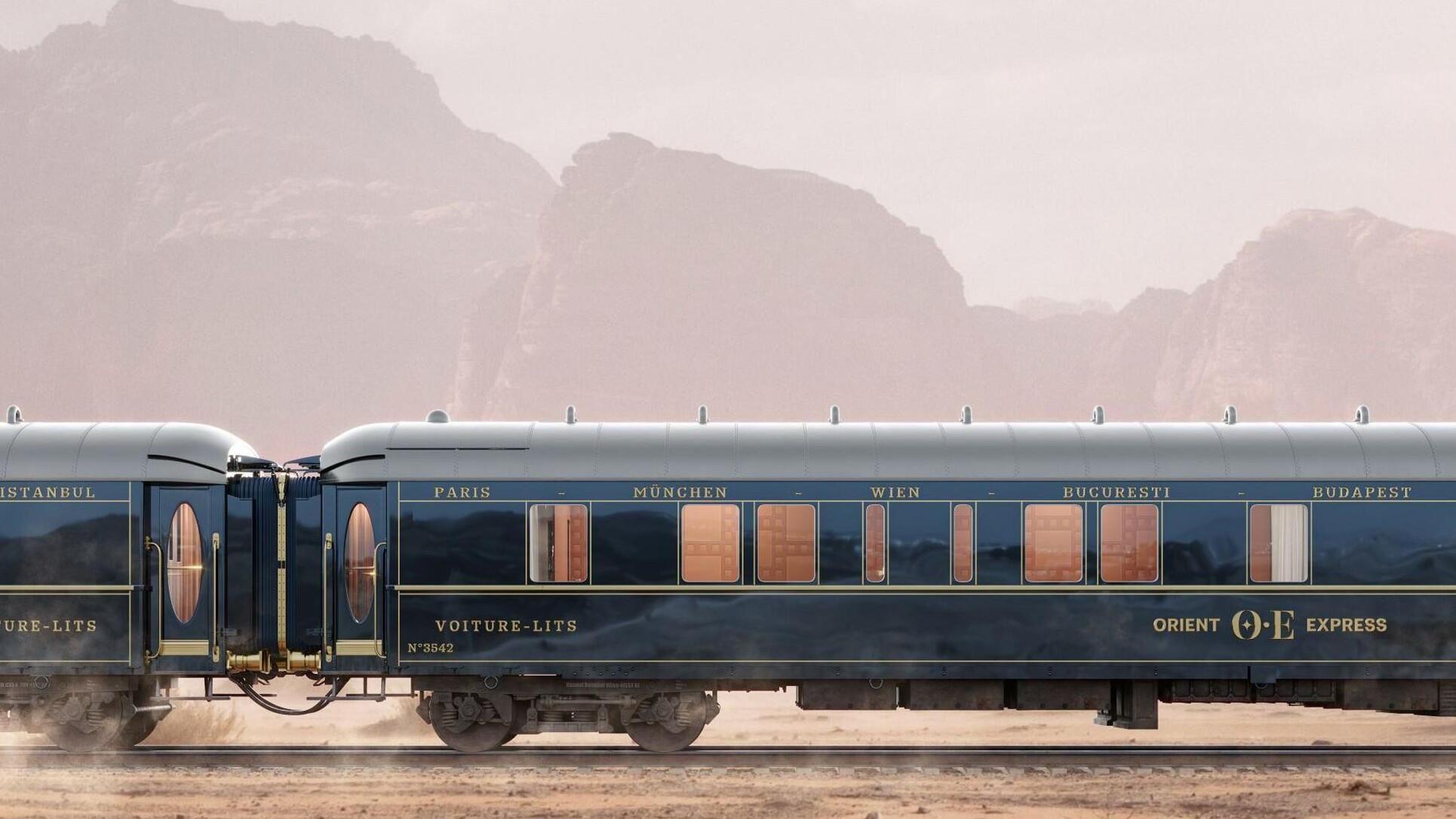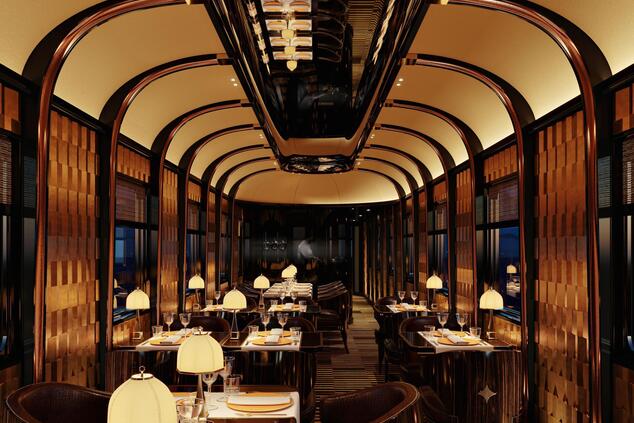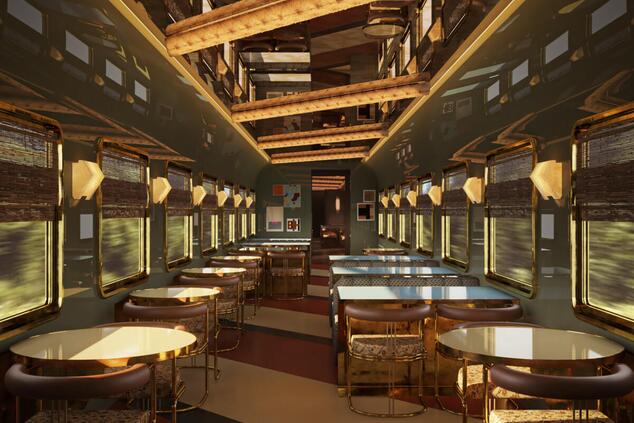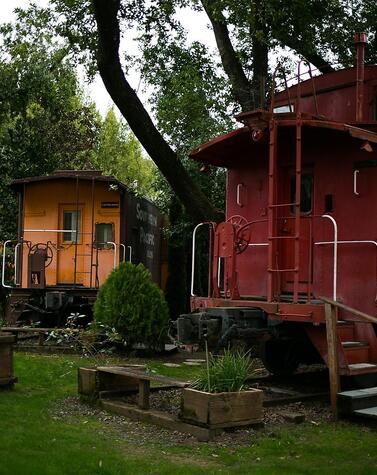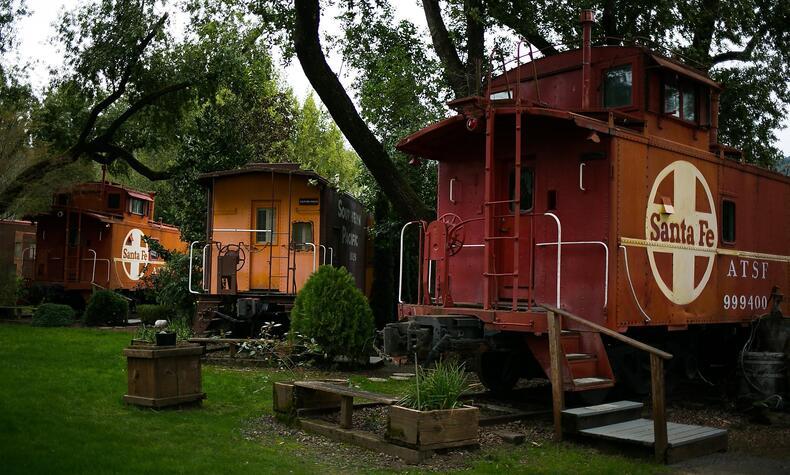The new mystery of the Orient Express is its restoration
The Rebirth of the Orient Express
A journey through the restoration of an icon
In the 1920s and 1930s, the carriages that made up the Nostalgie-Istanbul-Orient-Express glittered on the railroad tracks, symbolizing an era of luxury and elegance. Over time, however, these rolling witnesses to history seemed to have disappeared, until Swiss entrepreneur Albert Glatt reunited them and relaunched this luxury train in the 1980s. Operating between Zurich and Istanbul and extending its run from Paris to Tokyo under the name Extrême-Orient-Express in 1988, this train redefined what it meant to travel in style, before disappearing once again behind the curtain of history.

A trail on rails:
The intriguing history of the Orient Express captured the imagination of industrial history researcher Arthur Mettetal, who, in 2015, while working on his PhD, embarked on a global mission to track down the original Orient Express carriages. For a year, Mettetal explored archives, forums, and online videos until one day, a YouTube video showed him what appeared to be the carriages of the historic train, parked at a station called Małaszewicze.
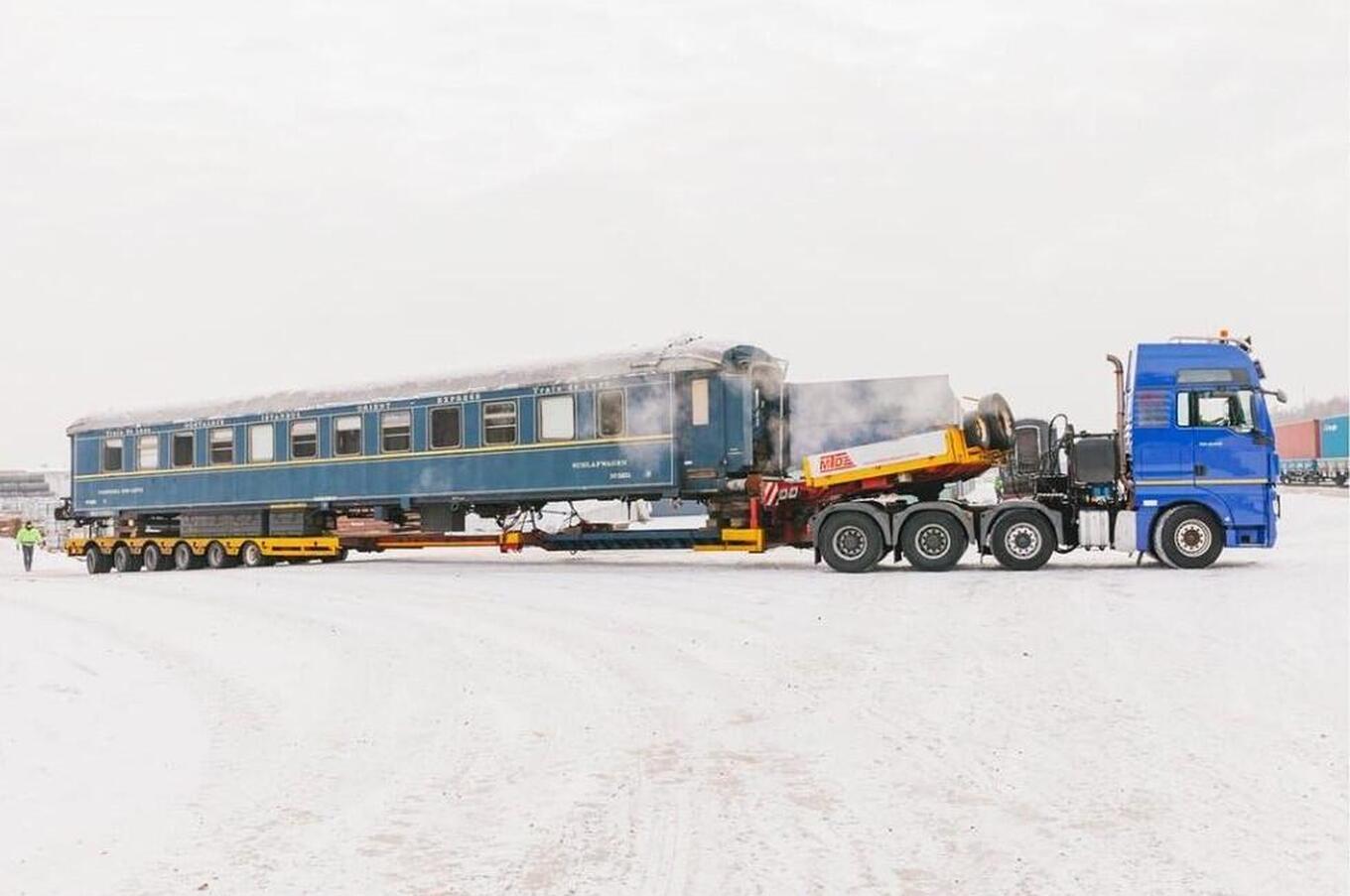
Solving the enigma:
Hoping to uncover a lost part of history, Mettetal and a photographer friend traveled to Poland and arrived at Małaszewicze station, located on the border between Poland and Belarus. There, they found a 13-car train reminiscent of the Orient Express. Upon inspecting them, they discovered that nine of them were luxurious sleeping cars, surprisingly well preserved.
- Restaurant car —
- One of the suites in the carriages being refurbished —
- Bar wagon where parties will be held at night —
- Another of the cabins of the new Orient Express
Triumphant return:
Accor's Orient Express team undertook the task of locating the owner of the carriages, negotiating their purchase over two years. Finally, in 2018, Accor acquired 17 railcars, including 12 sleeping cars, three lounges, one restaurant, and one transport car. Given their incompatibility with modern tracks, the wagons were moved to France by truck.


Reviving the legend:
Under the direction of Parisian architect Maxime d'Angeac and with the help of several French craftsmen, Accor is working meticulously to restore the carriages to their former glory. These carriages, once restored, are expected to once again ply the tracks on a route from Paris to Istanbul starting in 2024, coinciding with the Paris Olympics, marking the rebirth of a rail legend.
